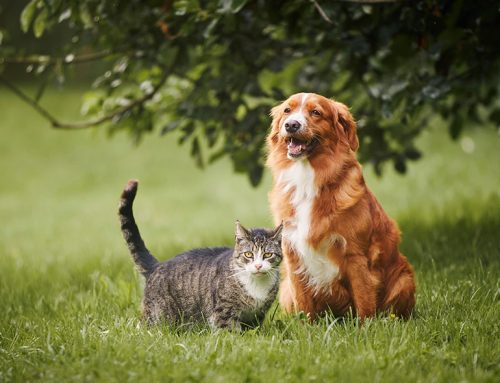Bringing a new furry family member into your home is an exciting journey filled with cuddles, playtime, and unconditional love. As responsible pet owners, it’s crucial to consider their health and well-being and one essential aspect of pet care is spaying or neutering. In this blog post, we’ll explore what to expect when your dog or cat undergoes this procedure, making the process less daunting and more informative.
Spaying refers to the surgical removal of a female animal’s ovaries and uterus, while neutering (or castration) involves removing a male animal’s testicles. These procedures are performed by licensed veterinarians and are essential for population control and your pet’s overall health. Spaying and neutering offer numerous health benefits, such as reducing the risk of certain cancers and unwanted litters. Additionally, it can help curb behavioral issues like aggression and roaming.
Most veterinarians recommend spaying or neutering your pet between the ages of six months to a year. However, consult with your veterinarian for the best timing, as it can vary depending on breed, size, and health factors. Early spaying/neutering is sometimes done as young as eight weeks in shelters to prevent unplanned litters.
The Procedure
Before the surgery, your veterinarian will provide specific instructions. Usually, this includes fasting your pet for about 12 hours before the operation to ensure a safe and smooth surgery. Make sure to follow these guidelines diligently.
On the day of the surgery, you’ll need to drop your pet off at the veterinary clinic in the morning. It’s normal to feel a bit anxious but remember that this routine procedure is performed countless times each day by experienced professionals. The spaying/neutering procedure typically takes only 30 minutes to an hour. Your pet will be under general anesthesia, ensuring they don’t feel any pain or discomfort during the operation. Veterinarians use sterile techniques and take utmost care throughout the surgery. Technicians, trained anesthesia professionals, will be monitoring the doctor throughout the procedure.
After the surgery, your pet will need some time to recover. You may notice some grogginess, and they might be a bit disoriented when they wake up. This is entirely normal. Your vet will provide post-operative care instructions, including pain management and wound care.
Aftercare
It’s crucial to monitor your furry friend closely during their recovery period. Make sure they’re comfortable, eating, drinking, and not excessively licking their incision site. Any unusual behavior should be reported to your veterinarian promptly.
Your pet may need a cone to prevent them from licking their incision site. Ensure a clean and quiet environment for their recovery, and don’t hesitate to reach out to your veterinarian if you have any concerns or questions.
Behavioral Changes
After your pet undergoes this procedure, you should see a decrease in hormone-driven behaviors. In males, this often means a reduction in territorial marking, aggression, and a decreased tendency to roam. In females, it eliminates heat cycles, which reduces stress leading to less yowling and restlessness.
While some behaviors may change due to hormone reduction, your pet’s core personality will typically remain the same. Spayed and neutered pets tend to be more sociable and less focused on mating behaviors. This can make them more inclined to enjoy the company of other pets and family members. So don’t fret, they’ll still be the loving and loyal companion you’ve grown to adore.
Some pets may experience a slight increase in appetite but decrease in metabolism after being spayed or neutered, so it’s important to monitor their weight. Adjust their diet accordingly to prevent unwanted weight gain, which can lead to other health problems.
Individual experiences can vary, and not all pets will exhibit the same changes in behavior. Your pet’s unique personality and upbringing also play a role in how they respond to the procedure.
Spaying and neutering are essential steps in responsible pet ownership. They not only help control pet populations but also contribute to your furry friend’s overall health and well-being. By understanding what to expect during, and after, the process, you can provide the best care for your beloved pet and look forward to many happy and healthy years together. Remember, your veterinarian is your best resource for guidance and information regarding spaying and neutering, so never hesitate to ask questions or seek their advice.







Leave A Comment